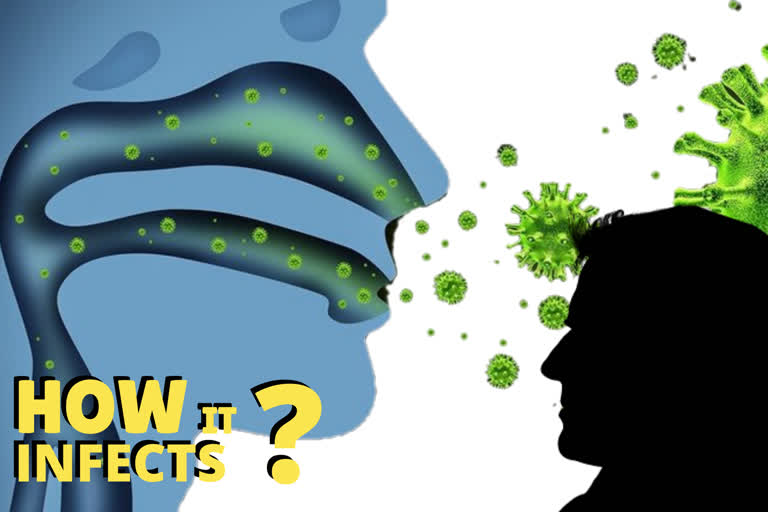Paris: The medical impact of the new coronavirus is coming into sharper focus as it continues its spread in what is now officially recognized as a pandemic.
Its true fatality rate isn't yet known, but it seems 10 times higher than the flu, which kills hundreds of thousands around the world each year, the United States' top infectious disease expert told lawmakers last week.
Most people have had mild to moderate illness and recovered, but the virus is more serious for those who are older or have other health problems.
Read also:World battles coronavirus, imposes more restrictions
That's a huge number, said Dr. Tom Frieden, a former director of the Centers for Disease Control and Prevention who now heads a global health organization. In the US, 60% of adults have at least one underlying health condition and 42% have two or more.
Read also:Israeli PM's corruption trail postponed due to coronavirus
"There's still a lot that we don't know" about the virus and disease it causes, COVID-19, he said.
HOW IT SPREADS
The most spread is from droplets produced when an infected person coughs, which are inhaled by people nearby. Transmission from touching contaminated surfaces hasn't been shown yet, though recent tests by US scientists suggest it's possible -- one reason they recommend washing your hands and not touching your face.
The virus can live in the air for several hours, up to 24 hours on cardboard and up to two to three days on plastic and stainless steel. Cleaning surfaces with solutions containing diluted bleach should kill it.
“While we are still learning about the biology of this virus, it does not appear that there is a major risk of spreading through sweat,” said Julie Fischer, a Georgetown University microbiologist. The biggest concern about going to the gym is infected people coughing on others, or contaminating shared surfaces or equipment, she said. Consider avoiding large classes and peak hours and don't go if you're coughing or feverish, she suggests.
The risk of virus transmission from food servers is the same risk as transmission from other infected people, but “one of the concerns in that food server, like others facing stark choices about insurance and paychecks, may be pressured to work even if they are sick,” she said.
HOW FAST DOES IT SPREAD?
Each infected person spreads to two or three others on average, researchers estimate. It spreads more easily than flu but less than measles, tuberculosis or some other respiratory diseases. It is not known if it spreads less easily among children, but fewer of them have been diagnosed with the disease. A study of 1,099 patients in China found that 0.9% of the cases were younger than 15.
WHAT ARE THE SYMPTOMS?
Most people get fever and cough, sometimes fatigue or shortness of breath, and recover after about two weeks. About 15% develop severe disease, including pneumonia, Chinese scientists reported from 45,000 cases there. Symptoms usually start slowly and often worsen as the illness goes on.
In a report last week on the first 12 patients in the US, seven were hospitalized; most had underlying health problems and got worse during the second week of illness.
In China, slightly more males have been diagnosed with COVID-19 than females, which might be because roughly half of the Chinese men smoke but only 5% of females do, Frieden said.
Children seem to get less sick -- a report on 10 in China found that fevers tended to be milder and they lacked clear signs of pneumonia.
WHAT DOES IT FEEL LIKE?
Some cruise ship passengers described symptoms similar to the common cold or flu.
“It’s been a 2 on a scale of 10,” said Carl Goldman, who was hospitalized in Omaha, Nebraska, after flying home.
However, a Chinese postgraduate student described going to the hospital twice after her symptoms worsened, and feeling "a heavy head while walking, unable to breathe, and nauseous".
